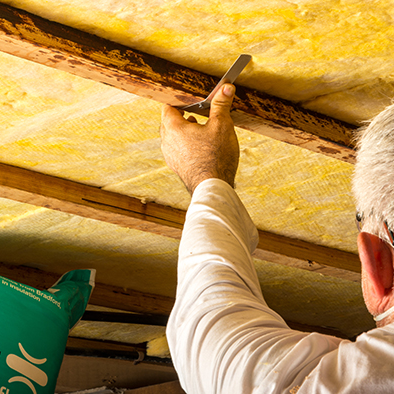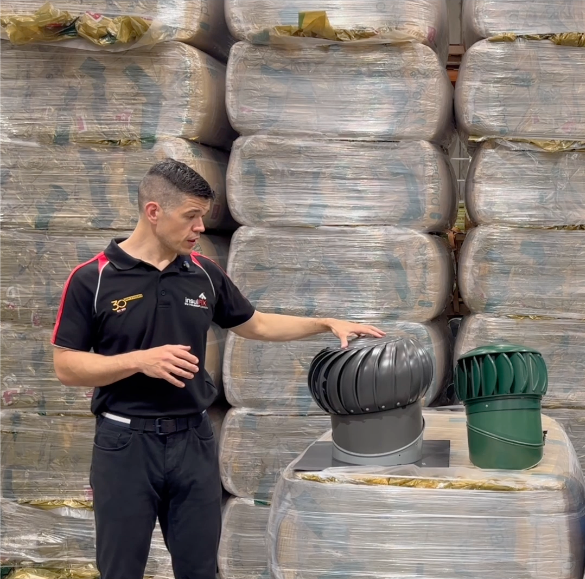Loose-Fill vs. Batts Insulation: A Simple Guide for Australian Homes
Choosing the right insulation is key to keeping your home energy-efficient and comfortable. In Australia, insulation must meet the National Construction Code (NCC) requirements, including specific R-values, which measure how well the insulation resists heat flow. Here’s a simple look at loose-fill and batt insulation to help you decide what’s best for your home.
Loose-Fill Insulation
Loose-fill insulation, like cellulose or fiberglass, is blown into place with special equipment. It’s great for filling gaps and irregular spaces, especially in attics or existing walls.
Pros:
- Great Coverage: Fills gaps and hard-to-reach spaces easily, providing good overall coverage.
- Quick to Install: Blown in quickly, covering large areas fast.
Cons:
- Settling Issues: Can settle over time, reducing its R-value and effectiveness.
- Dusty Installation: Can create dust during installation, affecting air quality.
- Needs Special Tools: Requires professional equipment, making DIY challenging.
- Difficult to Remove: Hard to take out once installed, complicating renovations.
Batts Insulation
Batts are pre-cut panels of insulation, usually made from fiberglass or rock wool, that fit snugly between wall studs and ceiling joists. They’re easy to handle and great for new builds or straightforward installations.
Pros:
- Easy to Install: Simple to cut and fit, making it great for DIY projects.
- Consistent R-Value: Doesn’t settle, so it keeps its insulation properties over time.
- No Special Equipment: Can be installed with basic tools, no need for professional help.
- Easy to Adjust: Can be removed or adjusted if needed during renovations.
Cons:
- Harder in Tight Spaces: Not as flexible, so it’s tougher to fit around pipes and wires.
- Potential Gaps: Must be installed correctly to avoid gaps that reduce effectiveness.
Australian Relevance: R-Values and NCC Codes
In Australia, the NCC sets minimum R-values for insulation based on climate zones. For example, in colder areas, you’ll need higher R-values (like R5.0 or higher in ceilings) to meet code. Batts make it easy to select the right R-value to comply with NCC standards, and they are often preferred for their consistency and reliability.
Conclusion
Batts insulation is often the best choice for Australian homes because it’s easy to install, stable, and reliable. It’s especially good for meeting NCC R-value requirements without the hassle of settling or special equipment. Loose-fill is great for filling odd spaces but comes with challenges like settling and dust. For most homeowners, batts provide a straightforward, code-compliant option that’s effective and easy to work with.
Should I Replace Loose-Fill?
Insulfix offers a replacement service that removes old loose-fill and installs new batts. This replacement can help enhance energy efficiency, provide better thermal performance, and ensure compliance with Australian NCC building codes. Don't hesitate to contact us for more info.



